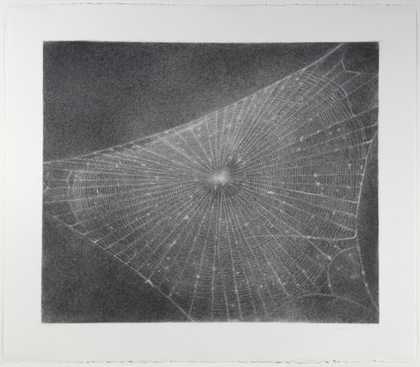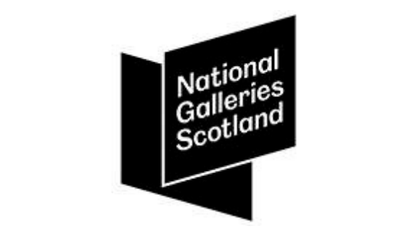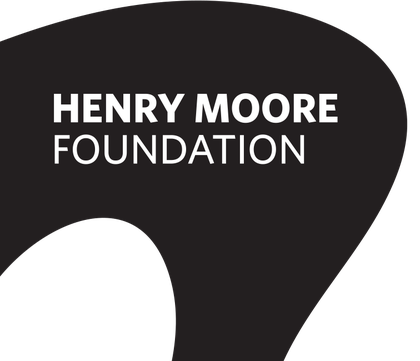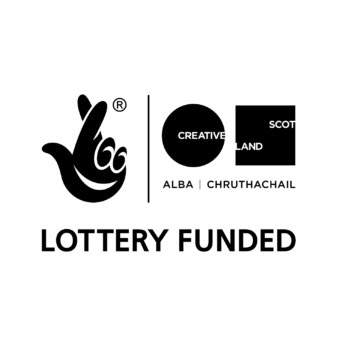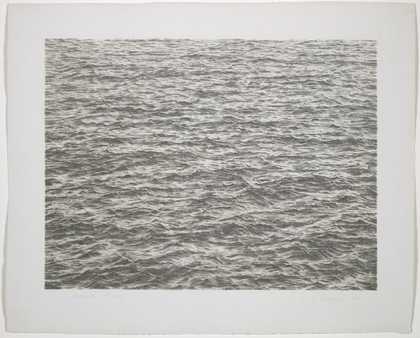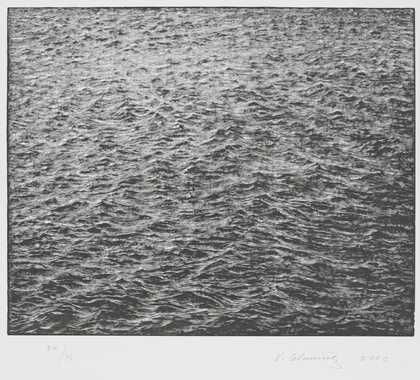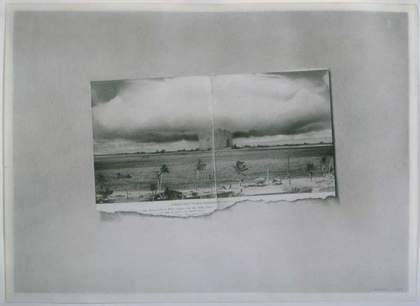ARTIST ROOMS Vija Celmins takes an in-depth look at the artist’s works on paper. Vija Celmins (b. 1938) produces exquisitely intricate drawings and prints of the natural world based on photographs, including images found in books and magazines. Her highly executed artworks ‘redescribe’ the photograph, translating the image from one surface to another. She chooses subjects that lack a central point of reference, allowing her to explore the relationship between limitless space and the flat plane of the paper.
This exhibition includes unique graphite, charcoal and eraser drawings such as Untitled (Desert-Galaxy) 1974 and Web #1 1999, as well as prints which employ intaglio, lithographic and relief processes.
Hatton Gallery based at Newcastle University has been at the heart of cultural life in the North East since the early 20th century. Founded in 1925, today it is a modern exhibition space with inclusive programming and home to the Hatton’s diverse collection with over 3,000 works from the 14th – 20th centuries.

